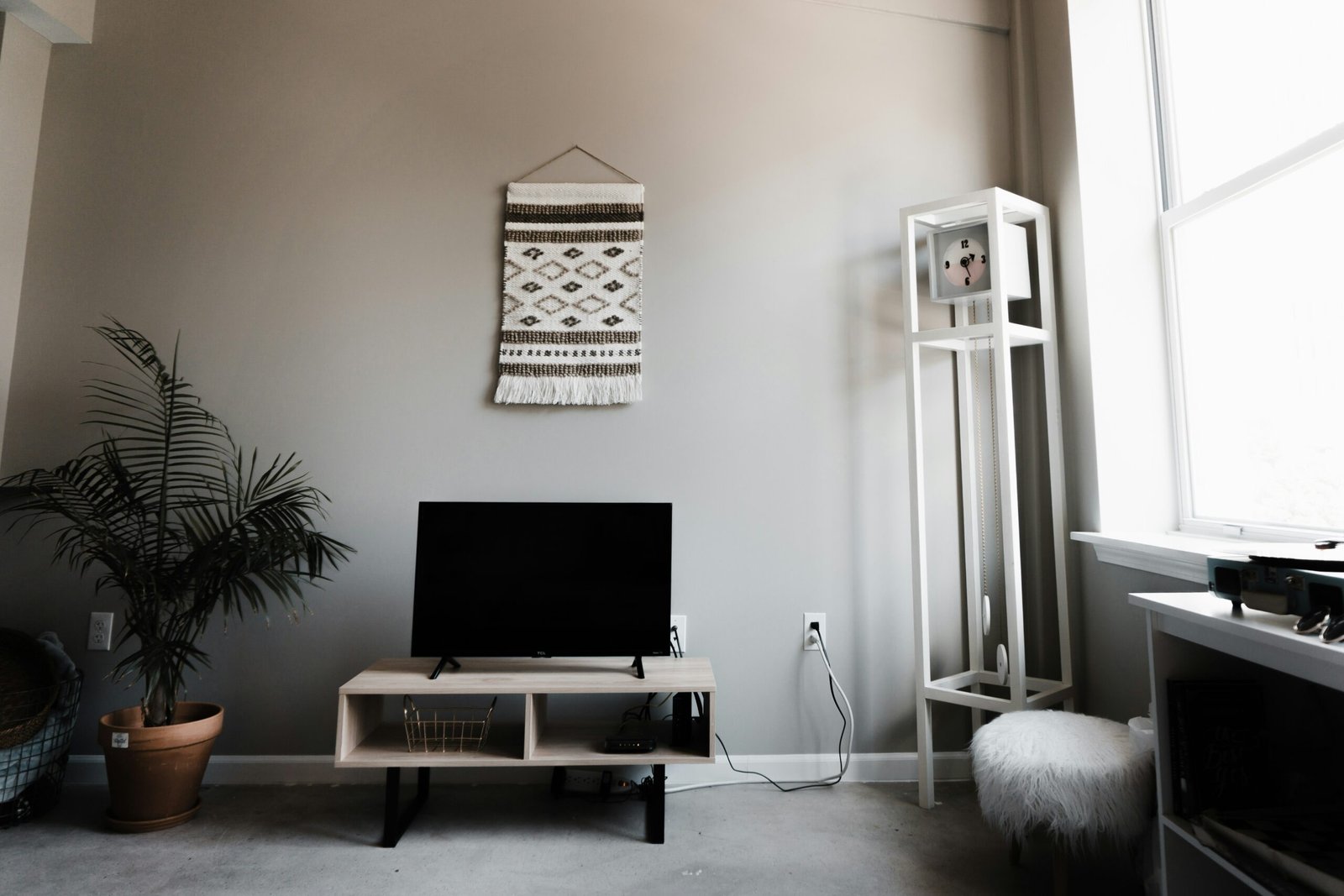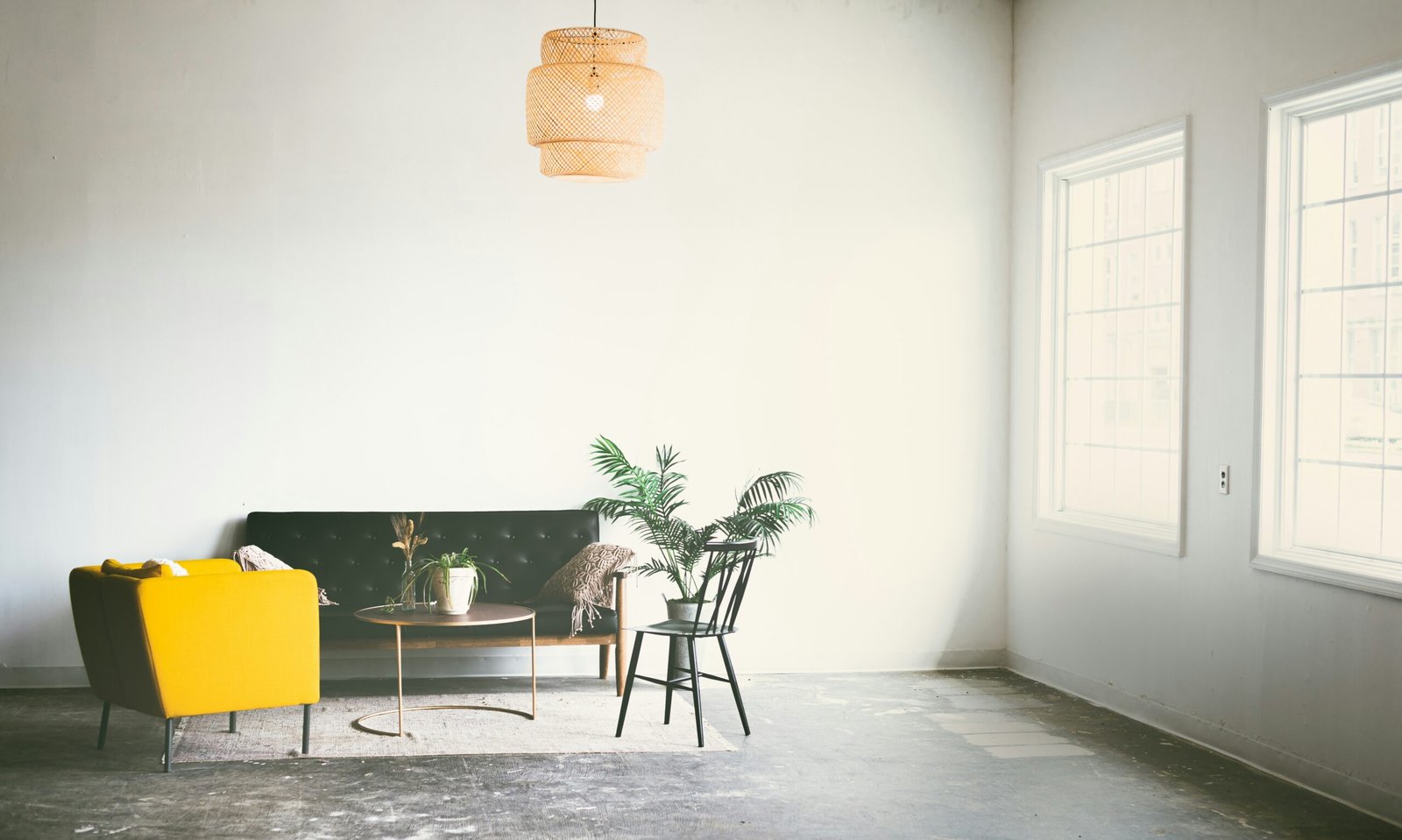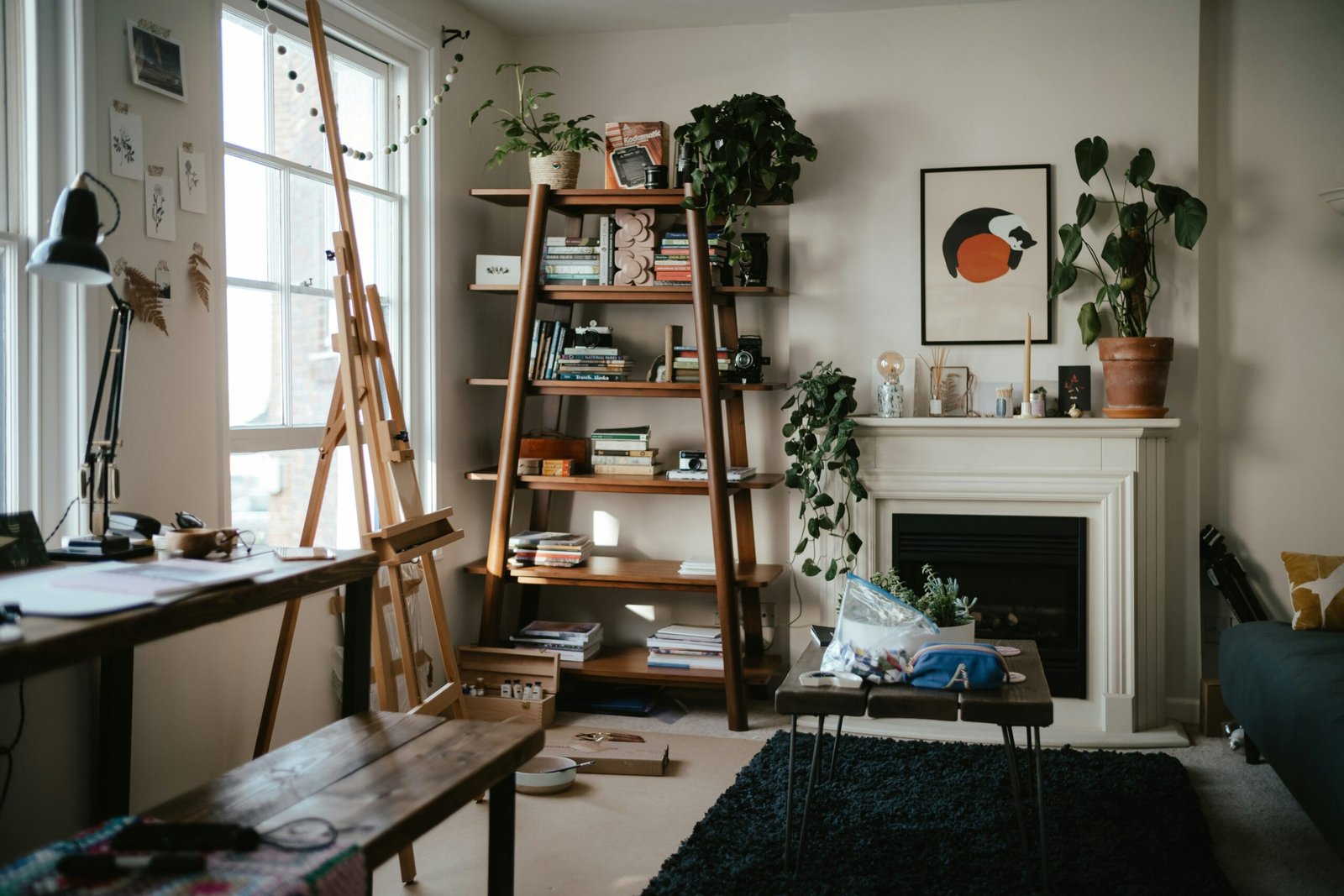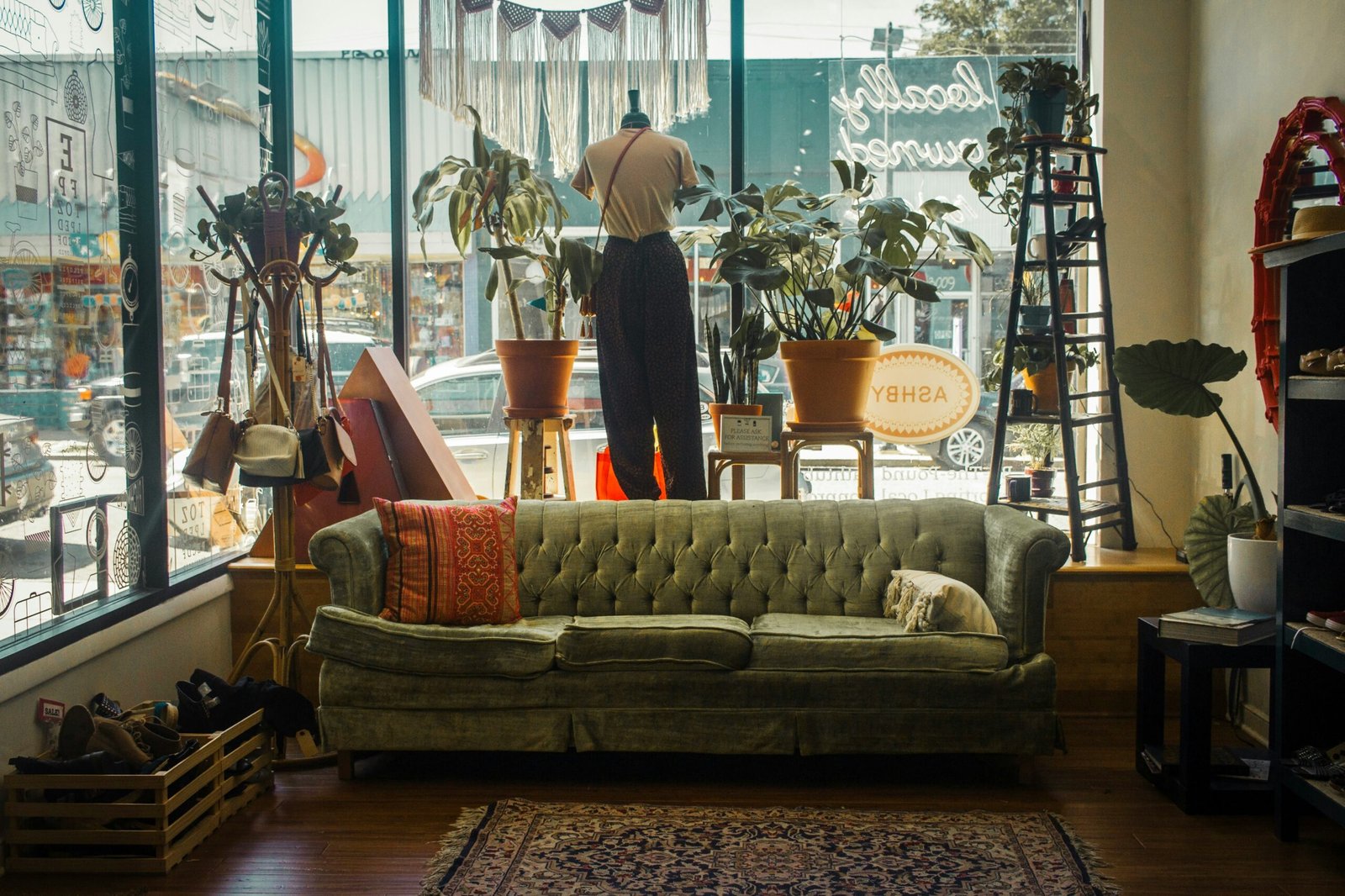Introduction
In a world driven by trends, advertising, and the pursuit of more, the idea of minimalist living offers a refreshing perspective. It is not about depriving oneself of comfort or style; instead, it focuses on creating a lifestyle rooted in simplicity, intentionality, and mindfulness. For many individuals in the USA, where consumer culture is strong, this concept is gaining momentum as a way to reduce stress, improve well-being, and embrace sustainable living.
This article explores what minimalist living truly means, why it is becoming increasingly relevant, and how it can bring value to modern lifestyles.
What Is Minimalist Living?
Minimalist living is a lifestyle that revolves around owning less but experiencing more. It emphasizes quality over quantity, clarity over clutter, and purpose over excess. It is not about getting rid of everything; instead, it is about keeping only what serves a meaningful function or sparks genuine joy.

Minimalism often extends beyond physical possessions and influences how one manages time, energy, and mental focus. For many, it leads to an overall sense of freedom and peace.
Why Is Minimalism Growing in the USA?
Several factors have contributed to the rising popularity of minimalist living across the USA:
-
Overconsumption and Clutter Fatigue
Modern households are filled with items that serve little to no purpose. The average home has become a storage unit for unused clothing, outdated gadgets, and décor items bought on impulse. Minimalism challenges this by asking, “Do I really need this?” -
The Mental Health Factor
Studies suggest that clutter can increase stress and anxiety. A simplified living space promotes a sense of calm, helping people focus on what truly matters—family, health, and personal growth. -
Environmental Awareness
With the growing conversation around sustainability, reducing waste has become a priority. Minimalist living encourages conscious choices that align with eco-friendly values. -
The Appeal of Experiences Over Objects
More Americans are seeking meaning in experiences such as travel, wellness retreats, or learning new skills rather than accumulating physical items.
Core Principles of Minimalist Living

-
Declutter and Simplify
Removing unnecessary items is the first step. This process creates physical and mental space for things that truly add value. -
Quality Over Quantity
Minimalism promotes investing in items that last longer, offer better functionality, and align with personal values. -
Intentionality in Every Choice
From home décor to wardrobe essentials, decisions are made consciously to ensure they serve a purpose. -
Mindful Consumption
Minimalism encourages considering the environmental and ethical implications of a product before adding it to one’s life.
Benefits of Minimalist Living

1. Mental Clarity and Reduced Stress
A clutter-free home often leads to a clutter-free mind. Studies link organized spaces with improved focus, lower anxiety, and better sleep quality.
2. Financial Freedom
While minimalism is not primarily about saving money, reduced impulse spending often leads to significant savings. These funds can be redirected toward experiences, investments, or long-term goals.
3. Eco-Friendly Impact
Owning less means contributing less to waste and pollution. Choosing sustainable, high-quality products also reduces landfill contributions and supports ethical practices.
4. More Time and Energy
With fewer possessions to maintain, clean, and organize, more time can be devoted to personal growth, family, hobbies, and experiences.
5. Aesthetic and Functional Homes
Minimalist interiors often feature clean lines, open spaces, and calming environments. Homes feel lighter, more open, and welcoming.
Minimalism in Daily Life
Home Organization
-
Keep only functional furniture and décor.
-
Use storage solutions to maintain neatness without overstuffing.
-
Embrace neutral tones for a calming atmosphere.
Wardrobe Choices
-
Opt for a capsule wardrobe with versatile, timeless pieces.
-
Choose fabrics that last and feel comfortable.
-
Focus on style that reflects individuality rather than trends.
Digital Minimalism
-
Declutter apps, files, and notifications.
-
Limit screen time to avoid mental overload.
-
Curate social media feeds to align with positive and intentional living.
Sustainable Practices
-
Choose reusable over single-use items.
-
Support brands with eco-conscious values.
-
Adopt habits like recycling, composting, and upcycling.
Minimalist Living and E-Commerce in the USA
E-commerce platforms in the USA are adapting to consumer preferences for minimalism and sustainability. Instead of promoting mass consumption, many highlight curated collections, eco-friendly essentials, and quality-driven products that align with conscious living.

These platforms emphasize:
-
Transparent sourcing – showcasing how and where products are made.
-
Durability – focusing on items designed to last.
-
Versatility – offering multi-functional solutions that reduce the need for excess.
Myths About Minimalism
-
“Minimalism Means Owning Barely Anything”
False. It’s not about living with nothing but the basics. It’s about living with what matters most. -
“It’s Only for the Wealthy”
Minimalism actually supports cost-saving by encouraging thoughtful choices and avoiding constant upgrades. -
“Minimalist Homes Look Empty”
Minimalist spaces are not about emptiness but about balance, harmony, and purposeful design.
How to Start Your Minimalist Journey
-
Start Small – Begin with a drawer, a closet, or a single room.
-
Set Clear Intentions – Decide why minimalism matters to you—mental peace, sustainability, financial freedom, or all three.
-
Practice the One-In, One-Out Rule – For every new item introduced, let go of one.
-
Embrace Experiences Over Objects – Prioritize activities, memories, and personal growth.
-
Stay Consistent – Minimalism is a lifestyle, not a one-time project.
Conclusion
Minimalist living is not about living with less; it’s about living with more purpose, clarity, and joy. By adopting a mindset of intentionality, Americans are discovering the value of simplicity—not just in their homes but in every aspect of life. As the movement grows, it represents a shift toward conscious living, sustainability, and true well-being.